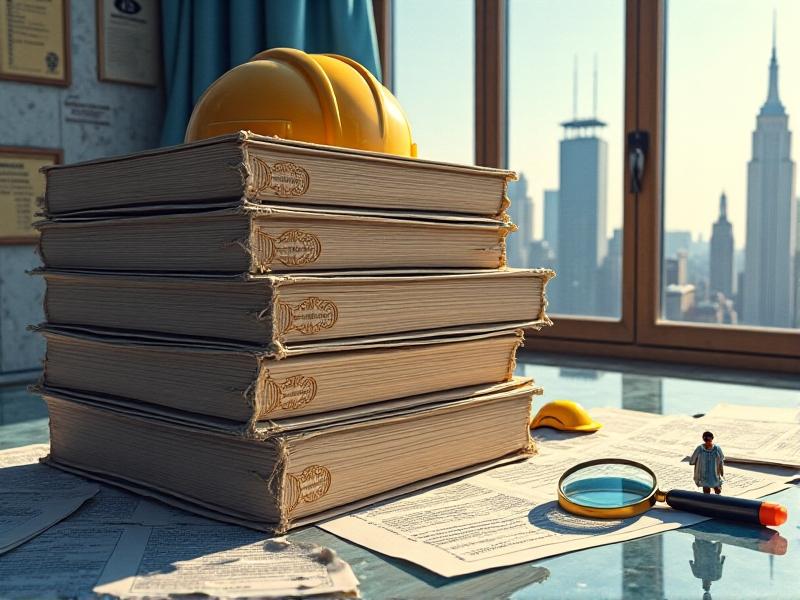Building Code Adoption Pathways for Myco-Construction Materials
Introduction to Myco-Construction Materials
Myco-construction materials, derived from fungal mycelium, are emerging as a sustainable alternative to traditional building materials. These materials are not only eco-friendly but also possess unique properties such as biodegradability, fire resistance, and insulation capabilities. As the construction industry seeks greener solutions, myco-materials are gaining traction. However, their widespread adoption faces significant challenges, particularly in navigating building codes and regulations. This article explores the pathways for integrating myco-construction materials into mainstream building practices, addressing the technical, regulatory, and societal aspects of this innovative approach.

The Science Behind Myco-Construction Materials
Myco-construction materials are produced by cultivating mycelium, the root structure of fungi, on agricultural waste substrates. This process results in a dense, fibrous material that can be molded into various shapes and forms. The material's strength, durability, and thermal properties make it suitable for construction applications. Research has shown that myco-materials can be engineered to meet specific performance criteria, such as load-bearing capacity and fire resistance. Understanding the scientific principles behind these materials is crucial for their successful integration into building codes, as it provides the foundation for establishing standardized testing and certification protocols.

Current Building Codes and Their Limitations
Traditional building codes are designed to ensure the safety, durability, and performance of conventional materials like concrete, steel, and wood. These codes often lack provisions for innovative materials such as myco-construction products. The absence of standardized testing methods and performance benchmarks for myco-materials poses a significant barrier to their adoption. Additionally, regulatory bodies may be hesitant to approve materials that deviate from established norms. Addressing these limitations requires a collaborative effort between researchers, industry stakeholders, and policymakers to develop new guidelines that accommodate the unique properties of myco-materials while maintaining safety and quality standards.

Developing Testing Protocols for Myco-Materials
To gain acceptance within the construction industry, myco-materials must undergo rigorous testing to demonstrate their performance and safety. This involves developing standardized protocols for evaluating properties such as compressive strength, tensile strength, moisture resistance, and fire performance. Collaborating with testing laboratories and certification bodies is essential to establish credibility and trust in these materials. Pilot projects and case studies can provide valuable data to support the development of these protocols. By creating a robust framework for testing, the industry can ensure that myco-materials meet the necessary criteria for inclusion in building codes and are recognized as viable alternatives to traditional materials.
Collaborating with Regulatory Bodies
Engaging with regulatory bodies is a critical step in the adoption of myco-construction materials. This involves presenting research findings, test results, and case studies to demonstrate the material's viability. Building relationships with policymakers and code developers can facilitate the creation of new regulations or the amendment of existing ones to include myco-materials. Industry associations and advocacy groups can play a pivotal role in this process by organizing workshops, seminars, and roundtable discussions to raise awareness and foster dialogue. Collaboration between stakeholders is essential to bridge the gap between innovation and regulation, ensuring that myco-materials are recognized and accepted within the construction industry.
Case Studies: Successful Myco-Construction Projects
Several pioneering projects have successfully incorporated myco-construction materials, showcasing their potential and versatility. For example, the "MycoHouse" project in the Netherlands utilized mycelium-based panels for walls and insulation, demonstrating the material's structural and thermal properties. Similarly, the "Hy-Fi" tower in New York City, designed by The Living, used myco-bricks to create a temporary pavilion. These projects provide valuable insights into the practical applications of myco-materials and serve as proof of concept for their viability. Analyzing these case studies can help identify best practices, challenges, and lessons learned, which can inform future projects and contribute to the development of standardized guidelines.
Educating Architects and Builders
For myco-construction materials to gain widespread acceptance, it is essential to educate architects, builders, and contractors about their benefits and applications. This can be achieved through workshops, training programs, and certification courses that provide hands-on experience with myco-materials. Industry conferences and trade shows also offer opportunities to showcase innovative projects and share knowledge. By equipping professionals with the necessary skills and understanding, the industry can foster a culture of innovation and sustainability. Education is a key component of building confidence in myco-materials and encouraging their adoption in mainstream construction practices.
Public Perception and Market Acceptance
Public perception plays a significant role in the adoption of new construction materials. Myco-construction materials, being derived from fungi, may face skepticism or misconceptions. Addressing these concerns requires effective communication and marketing strategies that highlight the material's benefits, such as sustainability, biodegradability, and performance. Engaging with the public through media, social platforms, and community events can help build trust and acceptance. Additionally, showcasing successful projects and testimonials from industry leaders can reinforce the credibility of myco-materials. Market acceptance is crucial for driving demand and encouraging investment in the development and production of these innovative materials.
Future Trends in Myco-Construction
The future of myco-construction materials looks promising, with ongoing research and development paving the way for new applications and improvements. Advances in biotechnology and material science are expected to enhance the performance and scalability of myco-materials. Additionally, the growing emphasis on sustainability and circular economy principles is likely to drive demand for eco-friendly construction solutions. As the industry continues to innovate, myco-materials have the potential to revolutionize the way we build, offering a sustainable alternative that aligns with the global goals of reducing carbon emissions and promoting environmental stewardship. Staying ahead of these trends is essential for ensuring the continued growth and adoption of myco-construction materials.
Conclusion: The Path Forward for Myco-Construction
Integrating myco-construction materials into mainstream building practices requires a multifaceted approach that addresses technical, regulatory, and societal challenges. By developing standardized testing protocols, collaborating with regulatory bodies, and educating industry professionals, the construction sector can pave the way for the widespread adoption of these innovative materials. Public perception and market acceptance also play a crucial role in driving demand and investment. As the industry continues to evolve, myco-construction materials have the potential to transform the built environment, offering a sustainable and eco-friendly solution that aligns with the global goals of reducing carbon emissions and promoting environmental stewardship. The path forward is clear, and with continued innovation and collaboration, myco-materials can become a cornerstone of sustainable construction.






